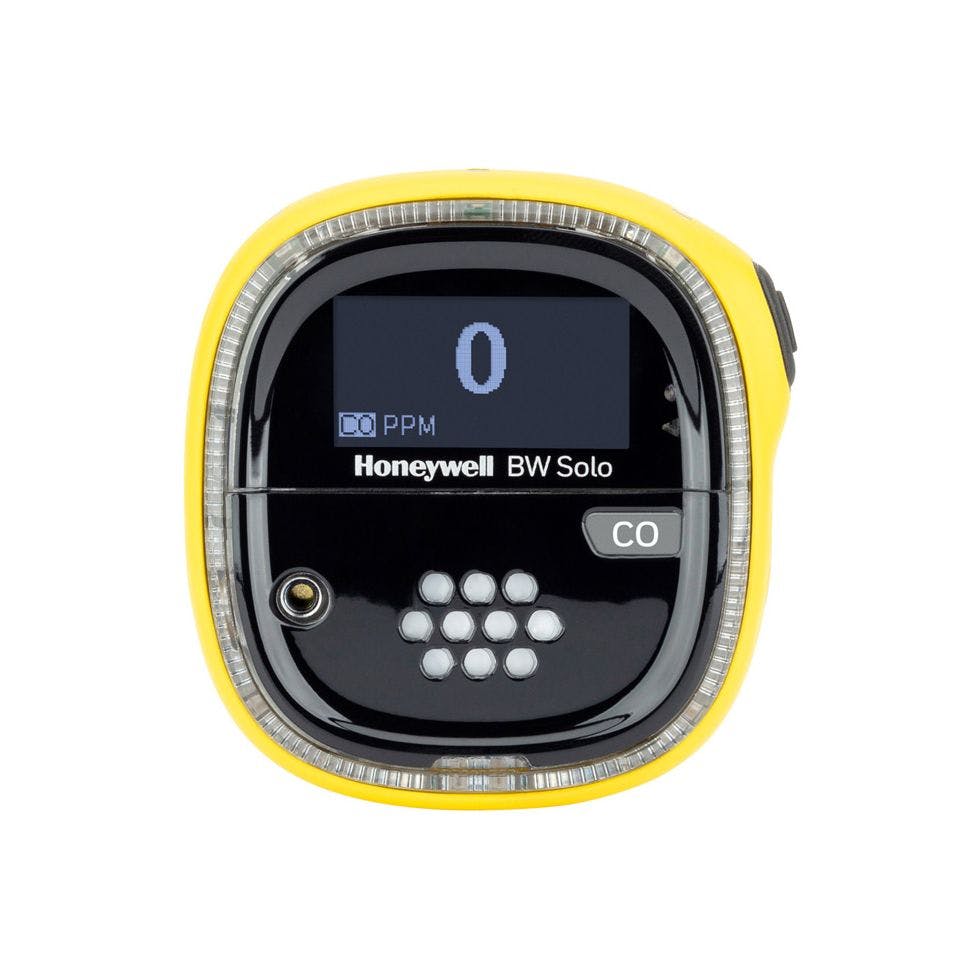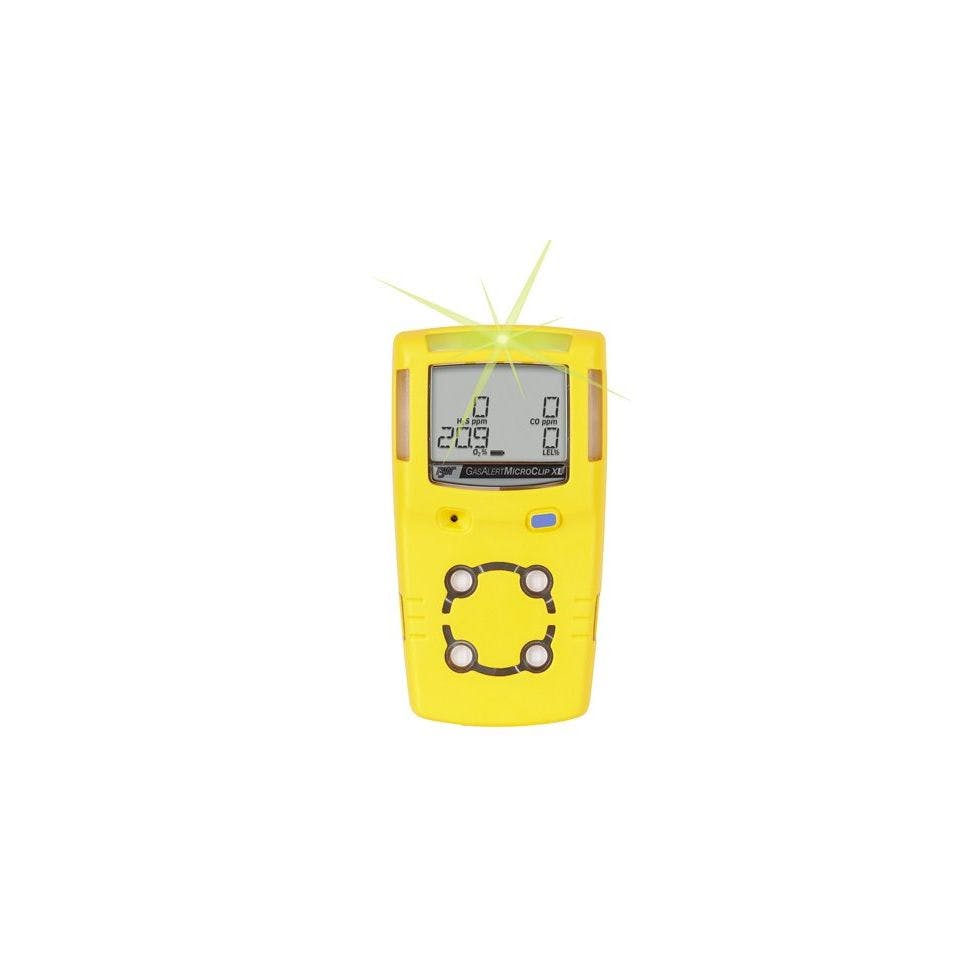What does a CO Carbon Monoxide Detector Do?
A carbon monoxide (CO) detector, also known as a carbon monoxide alarm, is a device designed to monitor the air for the presence of carbon monoxide gas. Carbon monoxide is a colorless, odorless, and tasteless gas that can be produced by the incomplete combustion of fossil fuels such as natural gas, oil, coal, and wood. It is highly toxic and can pose a serious health risk, as high concentrations can lead to carbon monoxide poisoning, which can be life-threatening.
A carbon monoxide detector works by sensing the levels of carbon monoxide in the surrounding air and alerting occupants if concentrations reach dangerous levels. Here's how a carbon monoxide detector typically functions:
Sensor Technology: Most carbon monoxide detectors use electrochemical sensors. These sensors are designed to undergo a chemical reaction when they come into contact with carbon monoxide. This reaction generates an electric current that is proportional to the concentration of carbon monoxide in the air.
Gas Detection: The detector continuously samples the air in the environment. If carbon monoxide is present, it diffuses into the detector through a permeable membrane or porous material.
Chemical Reaction: Carbon monoxide at the sensor's working electrode reacts with oxygen, generating ions in the process. This chemical reaction generates the electric current that the sensor measures.
Threshold Detection: The detector is programmed with a pre-set threshold level for carbon monoxide concentration. If the measured concentration exceeds this threshold over a specific period of time, the detector activates an alarm.
Audible and Visual Alarms: When the carbon monoxide concentration exceeds the set threshold, the detector triggers a loud audible alarm sound to alert occupants. Many detectors also have visual indicators, such as flashing lights, to indicate the alarm status.
Power Source: Carbon monoxide detectors can be powered by batteries or be hardwired into a building's electrical system. Battery-powered detectors offer flexibility in placement and operation during power outages, while hardwired detectors provide constant protection.
Maintenance and Replacement: Regular maintenance is crucial for ensuring the detector's functionality. This includes testing the detector regularly, replacing batteries as needed (for battery-powered models), and replacing the entire unit according to the manufacturer's recommended lifespan.
Carbon monoxide detectors are essential safety devices that provide early warning of carbon monoxide presence, allowing occupants to take immediate action, evacuate, and address the source of the gas. Installing and maintaining carbon monoxide detectors in appropriate locations within a home or building is critical to preventing carbon monoxide poisoning.


Although all home detectors use an audible alarm signal as the primary indicator, some versions also offer a digital readout of the CO concentration, in parts per million (ppm). Typically, they can display both the current reading and a peak reading from memory of the highest level measured over a period of time. These advanced models cost somewhat more but are otherwise similar to the basic models.
The models with display have the advantages of indicating levels below the alarm threshold, reporting levels that may have occurred during an absence, and assessing the degree of hazard if the alarm sounds. They may also aid emergency responders in evaluating the level of past or ongoing exposure or danger.
Portable detectors are designed for aircraft, cars and trucks, and warn vehicle occupants of any CO hazard.
Our Best Seller A3EF CiTiceL® Carbon Monoxide (CO) Gas Sensor
We are one of the UK distributor of Honeywell City Technology sensors, the world's most trusted brand.
We are also the only licensed distributor of ACD Calibration Gas Generators in the UK.
You can check out our other gas calibration generators/instrumetns/gas sources/sensors in our online sales shop.
If you need help?
Get answers to your AO2 Oxygen sensors frequently asked questions Honeywell CiticeL Sensors
Don't hesitate to email us sales@spantech.co.uk if you need assistance.